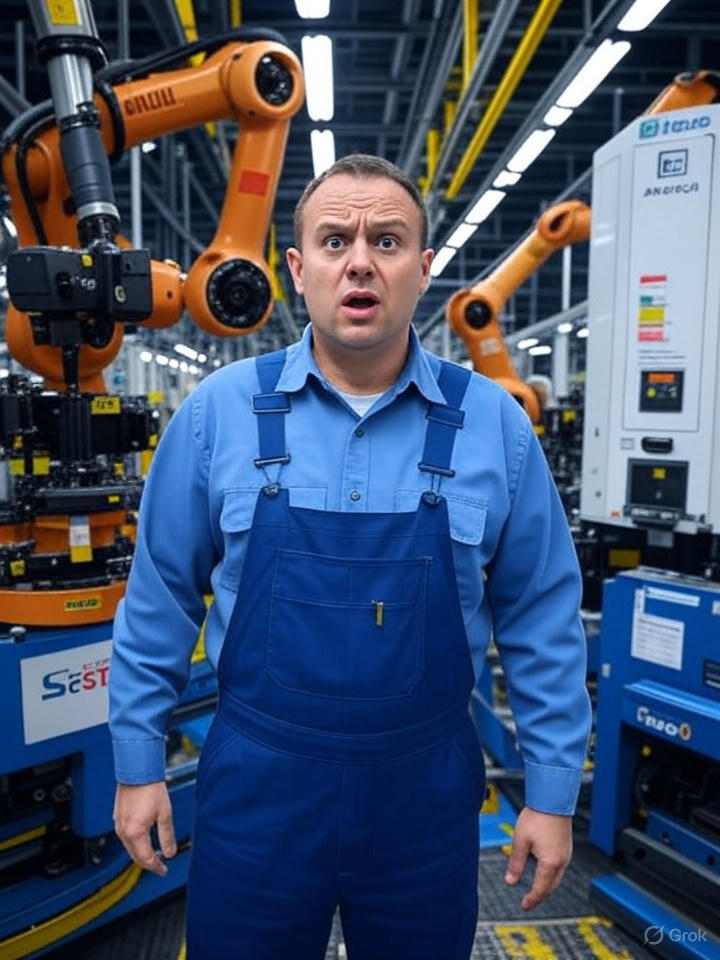DeepFashion AI Revolutionizing Fashion and Education with AI
Published:
The fashion industry is undergoing a transformative shift, driven by the power of artificial intelligence (AI). At a recent event in Beijing, the founder of DeepFashion.us(Exited) shared how their innovative platform is streamlining fashion design and boosting efficiency while drawing parallels to the role of AI in education. This article, based on the event’s English subtitles, explores how DeepFashion is reshaping the fashion industry and offering valuable insights for education through its cutting-edge AI technology.
The Potential of AI in Fashion
A 2023 McKinsey report highlighted AI’s potential to unlock up to $3 billion in value for the fashion industry, primarily by enhancing efficiency and profitability. DeepFashion’s founder emphasized that AI can significantly aid the creative process, from moodboards to sketching, while also reducing waste to promote sustainability. By streamlining workflows, AI helps fashion brands accelerate their design cycles and improve overall business outcomes.
However, the founder stressed that AI is not a replacement for human expertise. Fashion design is a complex process requiring deep industry knowledge, such as selecting fabrics, evaluating patterns, and assessing production feasibility—tasks that demand human experience and decision-making. AI serves as a powerful tool to support designers, not to supplant them.
DeepFashion’s Game-Changing Approach
DeepFashion stands out by offering a tailored, user-friendly AI platform designed specifically for the fashion industry. Unlike mainstream AI tools like MidJourney or Stable Diffusion, DeepFashion focuses on simplifying the creative process and delivering personalized results. Here’s how DeepFashion is redefining fashion design:
- Simplified Creativity with Universal Prompt
Traditional AI tools require users to master complex prompts or “magic spells” to generate desired outputs. DeepFashion eliminates this barrier with its Universal Prompt feature, allowing designers to use everyday language to describe their ideas. For instance, a designer might say, “Mirror, mirror, tell me what to wear at Beijing’s 798 Art District today,” and DeepFashion will generate a high-quality outfit image aligned with the brand’s style. This intuitive approach frees designers to focus on creativity rather than technical know-how.
- Personalized Style Training
DeepFashion’s AI is built to reflect a brand or designer’s unique aesthetic. By uploading just five images that represent a preferred style, users can train a custom AI model in about eight minutes. This model generates high-resolution (4096x4096) designs tailored to the brand’s identity. Additionally, DeepFashion offers a “model face swap” feature, enabling brands to instantly apply designs to their authorized models or even their own faces, enhancing personalization and brand consistency.
- Collection Management for Efficiency and Sustainability
DeepFashion includes a robust collection management system to organize design assets systematically. Designers can categorize their work, such as Spring/Summer 2024 collections or discarded drafts, into a centralized platform. This approach, inspired by Marc Jacobs’ philosophy of “revisiting the past collection to create something new,” ensures that brands can draw inspiration from previous designs while maintaining continuity. It also addresses a common issue in the industry, particularly in places like Hangzhou, where design assets are often lost in folders when designers leave. By preserving these assets, DeepFashion supports long-term efficiency and sustainability by reducing the need for excessive sample production.
- Versatility Across Design Domains
Beyond clothing, DeepFashion’s technology extends to footwear and jewelry design. For example, in collaboration with shoe factories in Jinjiang, DeepFashion used its AI to generate detailed shoe designs, such as waterproof boots or urban running shoes, in minutes. The platform provides specific recommendations on materials and functionality, making it a versatile tool for various visual design fields.
AI’s Role in Education
The founder drew a compelling parallel between AI’s role in fashion and its potential in education. He emphasized that humans remain the ultimate decision-makers, and AI’s value lies in enhancing efficiency and teaching methods. In education, knowledge is readily available in libraries or online, but learning how to apply that knowledge effectively requires practice and experience. AI can assist by providing tools to simulate scenarios or offer personalized learning support, allowing students to focus on developing critical thinking and decision-making skills.
In fashion education, DeepFashion’s platform can empower students to experiment with designs quickly, using its intuitive interface to generate sketches or virtual prototypes. This enables learners to prioritize creativity and strategic thinking over technical complexities, fostering a deeper understanding of the design process.
DeepFashion’s Technical Edge
DeepFashion leverages Fine-Tune training, a more precise method compared to the LORA training used by competitors like MidJourney and Stable Diffusion. This process involves two key steps: first, analyzing the features of input images, and second, training the AI to combine these features with the brand’s style. The result is a highly customized output that avoids the generic look often produced by other platforms, where identical prompts yield similar designs, stifling creativity.
DeepFashion’s efficiency is further enhanced by its use of A100 GPUs, enabling model training in 5-8 minutes and image generation in as little as 6-10 seconds. For enterprise clients, private deployment options allow even faster performance based on the chosen GPU configuration. All features are accessible online at DeepFashion.us, where users can explore unedited, one-shot generated images showcasing the platform’s raw capabilities.
Why DeepFashion Stands Out
Unlike MidJourney and Stable Diffusion, which rely on broad image datasets and produce uniform styles, DeepFashion prioritizes individuality. Its Fine-Tune training ensures that outputs align closely with a brand’s unique vision, fostering innovation in an industry where creativity is paramount. The platform’s streamlined interface and focus on everyday language make it accessible to designers without requiring extensive AI expertise.
DeepFashion also addresses the fashion industry’s environmental challenges. By enabling virtual design evaluations, it reduces the need for physical samples, minimizing waste and pollution. This aligns with the growing demand for sustainable practices in fashion.
Conclusion
DeepFashion is redefining how AI can empower the fashion industry, offering tools that simplify the creative process, preserve brand identity, and promote sustainability. Its applications extend beyond fashion, providing valuable lessons for education by emphasizing method over rote knowledge. As the founder noted, “The decision-making power still lies in the hands of the designer.” DeepFashion ensures that designers can harness AI to amplify their creativity without losing their unique voice.
With its successful exit by the end of 2024, DeepFashion has left a lasting impact, proving that AI, when designed with purpose, can unlock endless possibilities for both fashion and education. Visit DeepFashion.us to explore its transformative features and see the future of design in action.


